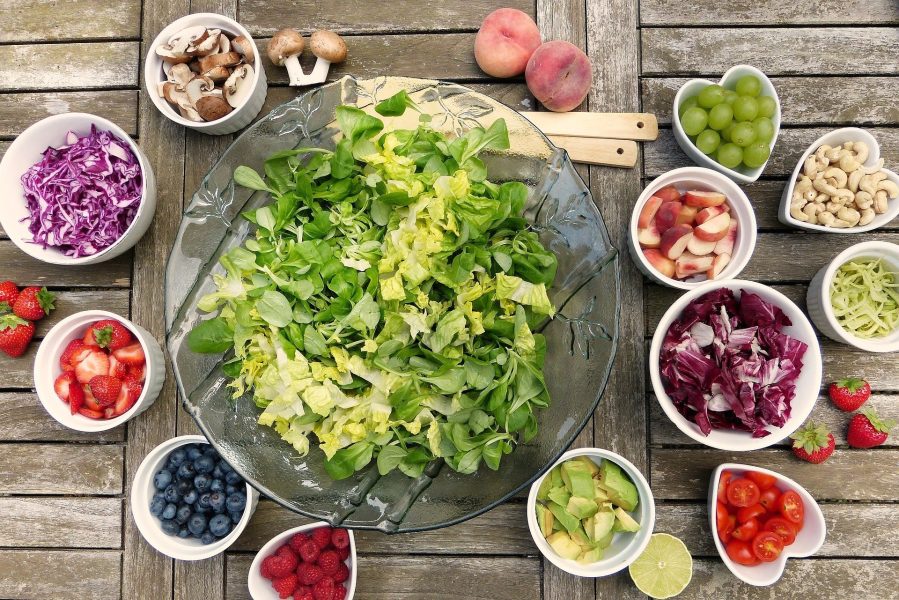
Coming soon: Revised guidelines on healthy food, nutrient intake

The dietary guidelines for Indians are being revised after 11 years to promote healthy food and lifestyles. The last set of guidelines were released by the Indian Council of Medical Research’s (ICMR) National Institute of Nutrition (NIN) in 2011.
The existing 15 guidelines will undergo a thorough revision and an important addition will be made for using food label information to make healthy food choices. An entire chapter will be dedicated to reduce intake of salt, fat and sugar.
The guidelines are being revised in the light of the recently revised food composition data of commonly consumed foods across the country and the revised nutrient requirements for Indians, ICMR-NIN director Hemalatha R said.
“The 16th guideline will be: using the food label information to make healthy food choices and to keep away from unhealthy foods. This will deal with easy tips to read and understand the food label information when buying pre-packaged food,” said Dr SubbaRao M Gavaravarapu, a senior scientist at NIN.
Also, the previous guidelines were more nutrient-oriented and the recommendations were related to the amounts of nutrients required to be consumed to maintain healthy life.
The current version will provide a food-based approach with clear information on different food groups to be included in the daily diet by people of different age groups, genders and activity levels.
“These will be represented in easily understandable ‘My Plate For The Day’ format,” Dr Hemalatha said.
“The handbook will talk about both the quality and quantity of as many as 11 food groups such as fruits, vegetables, cereals, pulses, legumes, etc., that are seen on one’s plate,” said Hemalatha. “A balanced diet is important for a person’s healthy growth as we already are facing issues pertaining to not just malnutrition, but also obesity in our population. Therefore, it is important for people to know what are the right things to eat that would benefit them in the long run.”
“The new guidelines will provide information in a simplified way on measures to be taken to ensure appropriate infant and young child feeding practices, nutrition during pregnancy and lactation, importance of nutrition and physical activity during adolescence in both boys and girls, safe cooking practices and healthy consumption of fat, salt and sugar among others” said Dr P Uday Kumar, a senior scientist and a member secretary of the committee on dietary guidelines.
Also read: Pollen season is getting longer and more intense – here’s what allergy sufferers can expect
The guidelines on nutrition for the elderly is also being revised, Dr SubbaRao stated. The revised guidelines are likely to be released in three-four months.
Once the draft guidelines are ready and approved by an expert committee of the NIN, these will be put in the public domain for feedback, officials said.
Once finalised, it will be released for public dissemination through wide-ranging activities, including stakeholder meetings, health worker workshops, school-based programmes involving different academic institutions, policy bodies, implementing agencies, health functionaries and the media, Dr Hemalatha said.
(With inputs from agencies)

